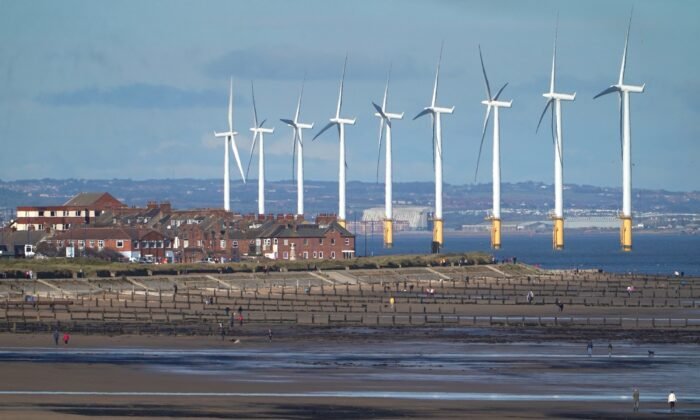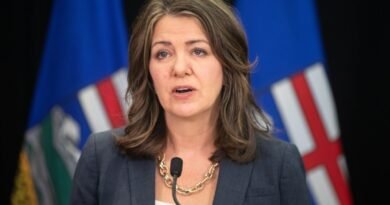Record Rent Generated from Offshore Wind Farms on Crown-Owned Coastline
The Crown Estate, established in 1760 when George III surrendered his lands to Parliament, considers itself a key player in decarbonisation efforts.
Profit from the Crown-owned land more than doubled to a record £1.1 billion last year, fueled by rents from offshore wind farm developers.
Announcing the results on Wednesday, The Crown Estate stated that earnings surged by over £658 million in the year ending March 31, up from £443 million the previous year.
The Crown Estate has a significant national landholding, owning nearly all the seabed around the UK out to 12 nautical miles, which it leases to wind farm operators.
Its £16 billion portfolio is not owned by the government or the monarch personally, but rather by the Crown as an institution, with no direct control or management by the reigning monarch King Charles III. All net revenue profit goes to the Treasury, with some also benefiting the Royal Family.
The increase was largely due to option fees, payments made by developers to secure rights to develop specific areas on the seabed for their wind farms.
Offshore Wind Sector
The Crown Estate noted that this has resulted in over £4 billion being delivered to the Treasury over the past decade.
Dan Labbad, CEO of The Crown Estate, praised the record results as a result of years of commitment and investment into building the UK’s leading offshore wind sector.
The Crown Estate reports having 11 gigawatts of generating capacity across 36 offshore wind farms, with plans to add another 20 to 30 gigawatts by 2030.
Mr. Labbad welcomed the government’s commitment to introduce legislation that will expand their investment capabilities.
Accelerating the Pace
As announced in the King’s Speech last week, Labour’s green Crown Estate Bill aims to significantly enhance wind farm expansion by utilizing 6,500 miles of Crown-owned coastline seabed rights.
Labour also seeks to broaden The Crown Estate’s investment powers and grant it the ability to borrow in order to expedite investment for its net zero plans.
Currently, it is unable to utilize its significant cash reserves for investment as it needs to maintain them as a safeguard against potential financial losses.
Labour proposes allowing it to borrow from the Exchequer, freeing up reserves for new projects and accelerating offshore wind deployment.
The history of The Crown Estate dates back to 1760 when George III relinquished management of Crown Lands to Parliament in exchange for a fixed annual payment. Since the Crown Estate Act 1961, income from its portfolio has been returned to the Treasury for the nation’s financial benefit.

 >
>


